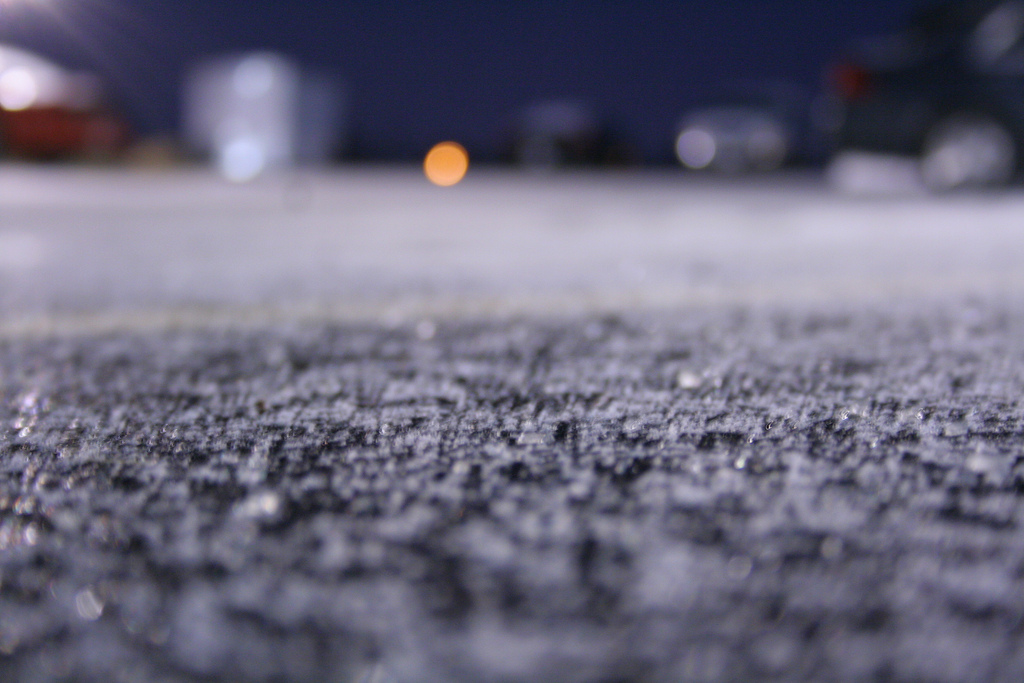
Salt has been used to keep winter roads free of ice and snow since the 1940s. It works by lowering the freezing point of water. In the U.S. alone, some 15 million tons of salt is applied to roadways each year. While its use has real benefits, in terms of safety and navigation, there have been cumulative costs to the environment.
Deicing salt is simply unrefined table salt. It is mined from underground deposits formed by ancient oceans, usually by drilling and blasting. The U.S. is the world’s second largest road salt producer, with New York alone mining more than 4 million tons a year.
Enormous quantities of salt are needed to keep roads ice-free. In a typical New York winter, a half a million tons of salt is applied to the state’s roadways. We’ve long known that salt corrodes vehicles and expensive infrastructure like bridges. But there is also a growing body of research that shows salt use is degrading freshwater resources.
Road salt is not simply transported from roadways, to streams, to the ocean. Long-term studies at the Cary Institute of Ecosystem Studies indicate it is retained in watersheds, where it accumulates. In some rivers and streams, sodium levels have risen to 15 times the federal level set to protect fish and amphibians.
There are also lasting effects in groundwater. In Dutchess County, it’s not uncommon for private wells to have sodium concentrations that exceed government health standards.
To learn more about environmentally-sensitive deicing techniques for homeowners and municipalities, a report on best practices is available at: www.caryinstitute.org.
**********
.
Web Links
Winter road salting reshapes next summer’s butterflies
Photo, posted January 10, 2011, courtesy of Kelly Teague via Flickr.
.
Earth Wise is a production of WAMC Northeast Public Radio, with script contribution from the Cary Institute of Ecosystem Studies.